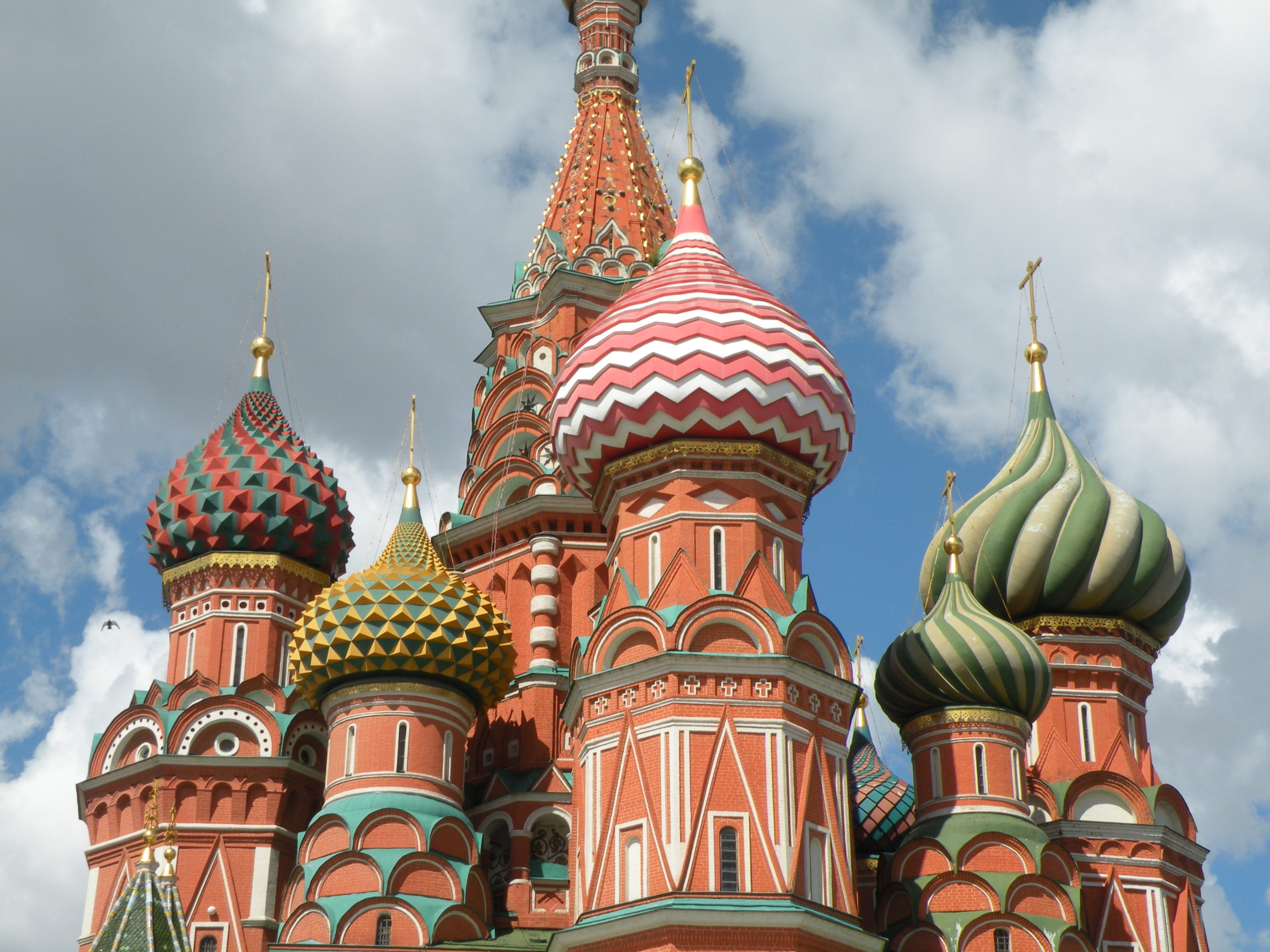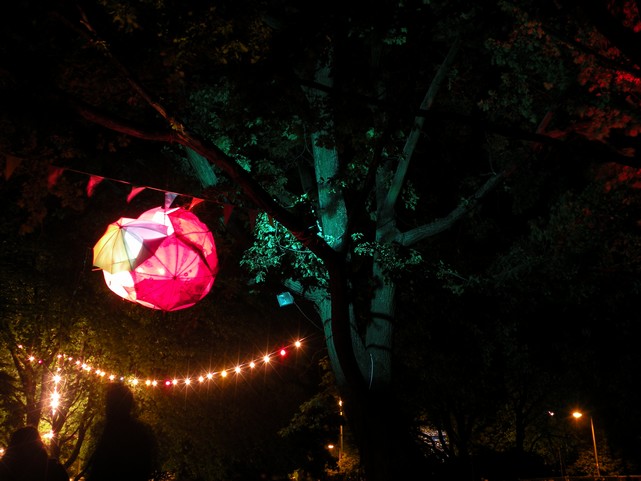What the cherry blossom season in Berlin has to do with the Cold War, how Japan was involved in planting the trees, and where to find the best spots for the pink sea of blossoms – all of this I will tell you in the following blog post.

Every year between mid of April and the begging of May, Berlin blazes in a pink sea of cherry blossoms. The time mostly depends on the weather and how early in the year it is getting warm. In general, the trees bloom between two and three weeks.
💡 Information about cherry blossoms
| Cherry blossoms (also Japanese cherry) or in Japanese called “sakura” (桜 ) is the white or pink flower of the ornamental cherry tree and of particular importance in Japan. The blossom of the tree is considered to be the national flower of the country. In Japan, it describes the attributes of beauty, departure, and caducity. In Japanese, it is combined in the non-translatable word “mono no aware” (物の哀れ) that describes the bittersweetness of a fading moment of transcendent beauty. The cherry blossom season in Japan markers the peak of the Japanese calendar and the beginning of spring. The Japanese cherry is only used as an ornamental tree in contrast to cherry trees that are planted for the actual fruit. |
A present from Japan
Germany received the cherry blossom trees in 1990 as a gift from Japan. East and West Germany celebrated their reunification on the 3rd of October. Therefore, the Japanese TV broadcast TV Asahi started fundraising for the planting of some cherry blossom trees. They received enough money for more than 9,000 trees, most of them were brought to Berlin.
Exchange of spies during the Cold War
The first trees were planted at the Glienicker Bridge in November 1990. The bridge links Potsdam (former East Germany) with (West) Berlin and was especially important during the Cold War since the USA and the Soviet Union used it to exchange their spies. Until today, the bridge is painted in two different shades of green and markers the borderline (nowadays it is just the borderline between two different federal states). The GDR (German Democratic Republic, East Germany), as well as the FDR (Federal Republic of Germany, West Germany), painted both around half of the bridge. The part of West Berlin is in a darker green shade. Not only because East Germany chose a slightly lighter green but also because West Germany started painting the bridge a few years earlier and therefore, the weather conditions stained the bridge.
The longest cherry blossom alley of Berlin
More than 1,000 trees seaming the TV-Asahi-Kirschblütenallee (cherry blossom alley) on the wall trail (Mauerweg) between former West-Berlin and the GDR (German Democratic Republic, East Germany). The alley is more than 100 metres (109 yards) long. Usually, there is also the Hanami Festival. Hanami (花見) is Japanese and means literally translated “flower viewing”. It describes the Japanese tradition of visiting the first cherry blossoms in spring and enjoying their beauty. In Berlin, the festival offers a picnic, Japanese food, and a cultural programme.
❗️ Cherry blossom ticker
| The city of Teltow in Brandenburg has its own cherry blossom ticker (Kirschblütenticker) to check if the blossoms are already blooming at the TV-Asahi-Kirschblütenalle, the longest cherry blossom alley of Berlin. The ticker is in form of a photo gallery with a current photo of the bud of a flower, renewed every second day during the season. You can check out the ticker here (the homepage is in German). |
Cherry blossom meets German history
The cherry blossom trees are mainly planted along the wall trail (the former location of the Berlin Wall) and also marker some H#historical places in Berlin. A lot of trees are under the bridge “Bösebrücke” which was the first open borderline between East and West Berlin on the 9th of November 1989, the day of the fall of the wall.
🚌 Where to find cherry blossom trees
| 📍 TV-Asahi-Kirschblütenallee (Borderline between Berlin-Lichterfelde and Teltow): Take the S25 or S26 to the S-Bahn station Lichterfelde-Süd, from there you follow the Holtheimer Weg. After around 550 metres (601 yards) you should reach the cherry blossom trees. |
| 📍 Under the bridge “Bösebrücke” at Bornholmer Straße (Prenzlauer Berg/Gesundbrunnen): The Mauerweg with its cherry blossom trees runs directly under the bridge of the S-Bahn station Bornholmer Straße (S1, S2, S25, S26, S8, S85). |
| 📍 Volkspark am Weinberg or also called Weinbergpark (Mitte): You can reach the Weinbergpark in around 5 minutes by foot from the U-Bahn station Rosenthaler Platz (U8). |
| 📍 Zionskirchstraße (Mitte): The Zionskirchstraße is just another 5 minutes walk from the Weinbergpark. If you follow the street in the direction of the same-named church you will find an alley of cherry blossom in the middle of the city. |
| 📍 Schwedter Straße at Mauerpark (Prenzlauer Berg): The Schwedter Straße on the Mauerpark lays between the U-Bahn station Bernauer Straße (U8) and Eberswalder Straße (U2). |
| 📍 Strausberger Platz (Friedrichshain): The cherry blossom trees are directly at the U-Bahn station Strausberger Platz (U5). |
| 📍 Gärten der Welt (Marzahn): Gärten der Welt (literally translated Gardens of the World) offer 22 different garden installations. The park costs an entrance fee and is best reachable with the U5 to the U-Bahn station Kienberg – Gärten der Welt. Click here to visit the official page and to get more information. |
| There are a few more spots in and around Berlin, especially at the Mauerweg (Wall Trial) where you can find more cherry blossom trees. These are the more famous spots. The public transport of Berlin is called BVG, click here to find more train connections. |
First written on Wednesday, May 12th, 2021, you have read the blog post Berlin’s best spots for the Cherry Blossom-season on My Travel Journal-Blog.








































































































